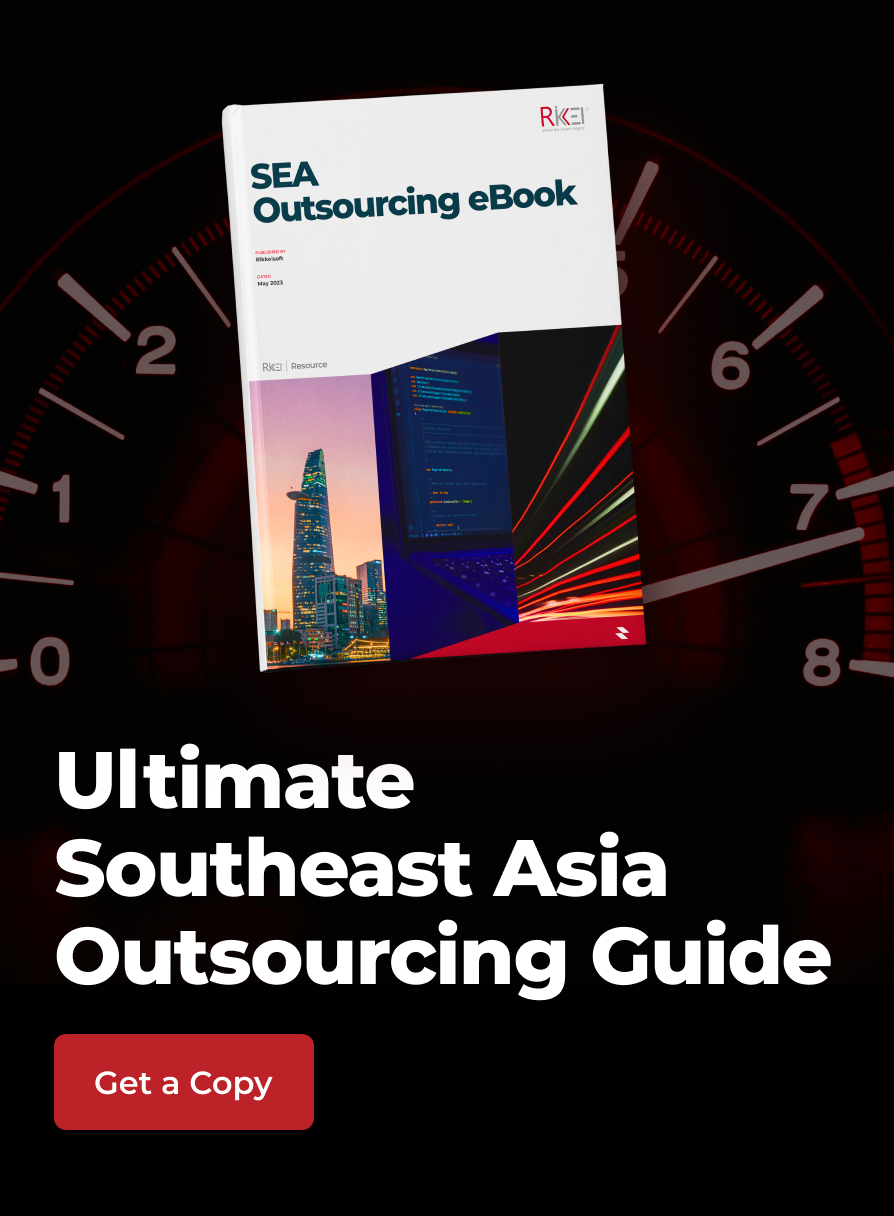The Role of Information Technology in eCommerce Growth
Contents
eCommerce has exhibited exponential growth in the past decade. It is constant, too – worldwide eCommerce sales in 2021 quadrupled that of 2014, and it is not slowing down any time soon.
eCommerce, as a sales channel, is made possible thanks to the rapid development of information technology. Without the internet, it is simply impossible for eCommerce to exist in any capacity, and any further growth is always backed by information technology.
Even though it is arguably the most significant and influential factor, what exactly does IT do for the growth of eCommerce? It can be an abstract idea to grasp, especially if you know nothing about computers and whatnot. This blog post aims to clarify and highlight the essential yet often overlooked part of eCommerce: information technology.
What is eCommerce?
To discuss eCommerce and the use of ICT in eCommerce, you need to know what it is first. As defined by Investopedia, eCommerce is “companies and individuals that buy and sell goods and services over the Internet.” Today, eCommerce covers almost every market segment there is. You can make eCommerce transactions on nearly every device available. Additionally, it offers various products and services to be purchasable through the internet, including financial services (online banking and stock investment apps are considered eCommerce).

Due to these distinctive features, eCommerce has been classified as a “disruptive technology” that alters how consumers, industries, and businesses work massively. Since its inception and popularization in the 90s and during the dot-com bubble, eCommerce has dramatically warped the retail sector, forcing itself into the retail space while expanding rapidly within it. In 2021, eCommerce contributed 18.8% to worldwide retail sales, with a forecast projection of 24% in 2026.
eCommerce Business Models
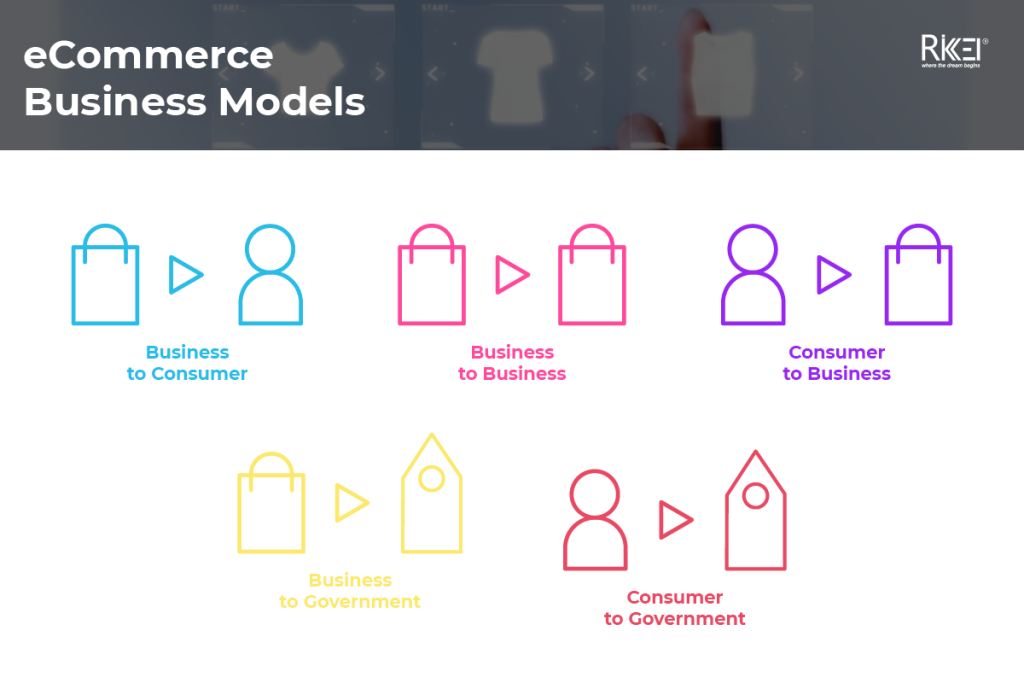
As with traditional retailing, eCommerce also operates on different models to fit the company’s specific needs. Some of the more popular eCommerce models are:
| eCommerce Models | Definition |
| Business to Consumer (B2C) | As the name suggests, B2C eCommerce businesses sell their products directly to the end user. This is the most common form of retailing – in fact, this is most people’s image of eCommerce. B2C businesses can sell physical products (i.e., a supermarket’s website) or services (an app to book taxi service) |
| Business to Business (B2B) | Similar to how B2C works, B2B businesses sell their products and services directly to another company. Compared to B2C transactions, B2B often requires much larger quantities and recurring goods for manufacturing processes. |
| Business to Government (B2G) | Companies might place themselves as specialized government contractors, supplying administrations with goods and services. This model is not far removed from B2B sales, with items of value going to an entity. Operating under this model means businesses have to bid for projects, comply with requests for proposal requirements, and meet harsh governmental criteria. |
| Consumer to Consumer (C2C) | C2C platforms (like eBay or Fiverr) directly connect consumers to make transactions between themselves. Backed by technology, C2C eCommerce platforms allow consumers to skip interaction with companies when purchasing goods or services. |
| Consumer to Business (C2B) | Usually meant for gig workers or freelancers, C2B platforms allow individuals to sell their products and services to businesses needing short-term staff or immediate products. Examples of this model include platforms like Shutterstock and Upwork. |
| Consumer to Government (C2G) | Unlike other models, C2G platforms are less “commercial” and more “interactive” between individuals and the government. These transactions are often not of products or services but rather obligations – things that would not be considered “commercial,” like tax returns, personal documents, or tuition sent through the internet. |
How Do eCommerce Businesses Make Money?
After choosing a business model, eCommerce companies have to decide their monetization. As with the previous section, there are a few ways businesses can generate profits through information technology in eCommerce.
Dropshipping
This model allows companies to use a digital storefront to generate sales while having an external supplier fulfill the delivery of products. The company collects payments via credit cards or other technology-based methods and passes them on to the supplier. The supplier oversees every aspect regarding logistics – inventory and warehouse management, product packaging, and product delivery to the customers.
By using the dropshipping model, businesses can free themselves of managing the “back-end” and focus more on making the digital storefront the best experience for customers. However, they cannot control the product quality and, as such, rely on the suppliers’ QA to ensure customer satisfaction.
White labeling
Companies using this model utilize successful products from other companies to build their inventory. In this model, the entire manufacturing process is outsourced to a supplier while the selling company re-packages received products in their labels to distribute to customers. Like dropshipping, the selling company has no control over the suppliers’ products, thus making finding reliable suppliers extra crucial to the company.
Private labeling
Suitable for smaller eCommerce businesses, this monetization approach does not require significant upfront capital or manufacturing space. By using information technology in this eCommerce approach, the company can easily make small, on-demand orders to the supplier. The supplier can then either ship the products to the company for them to distribute further or ship them to the customers themselves.
The key difference between white labeling and private labeling lies in scale and branding.White labeling operates on a larger scale and have the eCommerce company be responsible for packaging and branding.
Meanwhile, private labeling is mostly made-to-order on a small scale by the supplier. They can also be in charge of packaging and shipping the products directly to customers.
Wholesaling
A more capital-extensive approach to the others, businesses following the wholesaling monetization approach have to do exhaustive inventory management, order tracking, shipping information maintenance, as well as having warehouse space for their products. This is mostly not feasible for many small businesses. Hence it is mainly reserved for large enterprises.
The goal of wholesaling is to connect the seller to customers buying large quantities of a product or many smaller buyers needing a standardized product.
Subscription
For the subscription model, companies charge their customers a recurring fee for a recurring product or service. Nowadays, with the help of information technology in eCommerce, businesses can conveniently charge their users in smaller time intervals (weekly/monthly) rather than the relatively expensive long-term agreement of the past.
You can also incentivize the customer to stay with the company by having a better monthly rate if they sign a long-term contract (i.e. charging 10 months for a 12-month service).
Typical products and services you can find using subscriptions are streaming services, online games, meal prep boxes, and health and beauty products.
Learn more about 30 Must-Have Apps For Retailers.
What is The Role of Information Technology in eCommerce?
With the definitions out of the way, it is clear that the role of Information Technology in eCommerce is vital: it is the backbone on which the entire industry is built, and without IT, the eCommerce industry as we know it would cease to exist. IT has always supported the eCommerce industry throughout its growth, and this is hardly different even now.
With the rapid advance of technology, there is always a problem in eCommerce that can be answered by applying new and/or improved software and techniques. This blog will list a few of these issues, but it is by no means everything – information technology changes on a daily basis, and we cannot predict the future!
Artificial intelligence in eCommerce

AI is a buzzword nowadays, with everyone talking about how they help you do this and that. It deserves that praise, though, as every aspect of technology can be improved with artificial intelligence, and eCommerce is not the exception to the rule.
Using artificial intelligence, businesses can automate multiple mundane tasks in their eCommerce process, saving time, money, and human resources for more elaborate jobs while boosting productivity and performance. For example, an AI can generate questionnaires and automatically analyze the data without human input.
Combined with big data, AI can even provide businesses with complex and detailed insights regarding their customers, helping them tailor their marketing campaigns (yes, AI can also help manage marketing!) to better focus on customers’ pain points.
Personalized user experience

With the assistance of artificial intelligence, a company can make its user experience deeply customized for customers. With the mentioned big data, AIs can build a shopping experience that is unique to the preferences of every customer interacting with the company’s eCommerce storefront.
Customers’ shopping decisions are easily affected by this tailored experience. 50% of customers said that recommendations keep them returning to a website, while 63% stopped buying from brands with bad personalization tactics. AI helps a business significantly in this aspect, collecting data on the customers’ preferences through search history, streaming history, app downloads, location data, etc., before offering analytics and foresight into the customer’s behavior patterns. Based on these data, the most suitable recommendations are created to address the customer’s problems and provide solutions to them.
Customer support

Every eCommerce business needs good customer support. It is nearly impossible to answer every question regarding transactions in real-time for human agents, but a virtual agent can do that and sometimes do it better than humans.
People need sleep and rest, but virtual agents, in the form of chatbots, do not need them. They can work 24/7, tirelessly answering large volumes of questions simultaneously, pulling their answers from a preconfigured database of company policies and any other content you might want to have. They can work as the first filter for your customer support funnel and weed out the more straightforward questions. Your agents can then focus on questions that need a more human touch or ones too complex for your AI to understand, and provide a satisfactory answer.
Let’s explore: What is The Exact Cost of Mobile App Development (Real Examples by Industries)
How Could Rikkeisoft Help Your eCommerce Business?
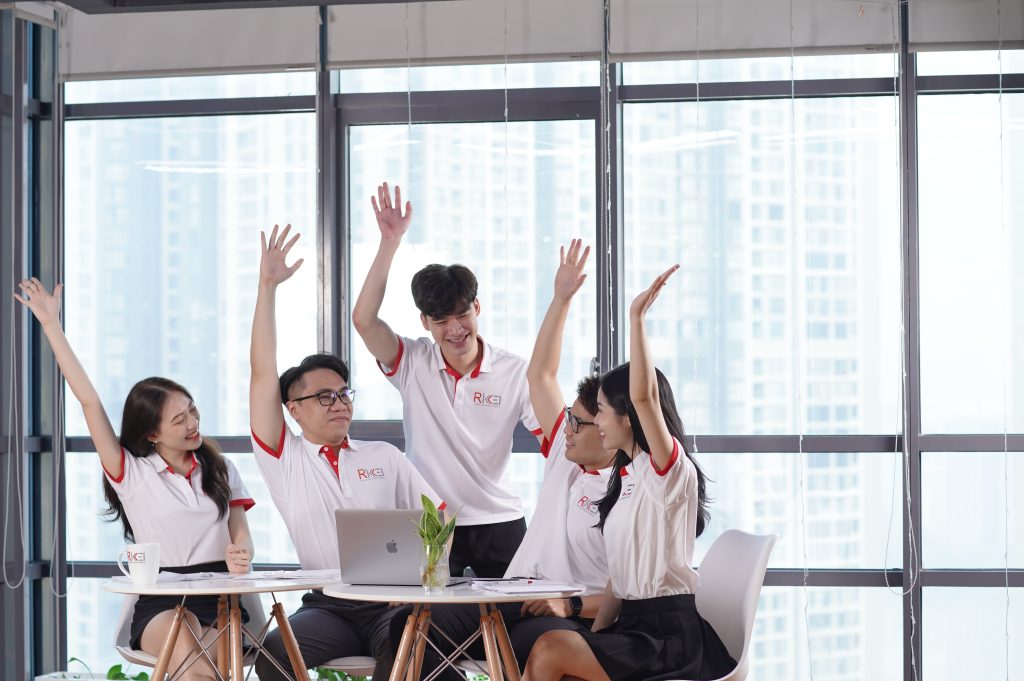
With everything said, sometimes you – a business owner with no background in technology – might only need a working eCommerce platform with no hassle. In this scenario, it is best to outsource your development needs to a third-party vendor like Rikkeisoft.
Founded in 2012, Rikkeisoft is an award-winning information technology firm that can assist you in creating the eCommerce platform of your dreams with our expertise in mobile app and web development, as well as providing satisfactory products in many different industries, eCommerce included. Our primary customers are international, chiefly from Japan and the United States, which clearly shows in the following story from our client.
Case Study – Japanese eCommerce firm
This project was first drafted in 2019 when our client, a Japanese retail company, wanted to find unique methods to keep customer retention (and the top position) of their eCommerce platform as previous tactics proved ineffective in a busy new commercial scene. Coming to Rikkeisoft, the client’s goal was to create an in-app game that is addictive and engaging enough to keep customers coming back yet simple enough to be implemented directly onto their mobile eCommerce app.
The solution Rikkeisoft came up with was a crane game inspired by the walls of arcade crane machines lined up inside Japanese malls. The game was perfect – its luck and RNG-based nature naturally stimulated the competitive nature of customers wanting to win prizes while having simple and familiar gameplay for most people.
In just two months, the developers at Rikkeisoft managed to:
- Create an online crane machine game inside an eCommerce app.
- Implement redeemable points and vouchers as prizes to be won, which the players can use in the shopping app itself.
- Create incentives in the reward system for players to come back.
The game was a hit with customers – the app gained 10% new users each month, and the average time spent in-app was boosted by 50%. An unexpected result of the game was increased sales for the client – players were incentivized by the prizes they won to purchase more in the app, improving both new and existing customer revenues.
Closing Thoughts
eCommerce will be growing exponentially in the future – that much is certain. Similarly, the use of information technology in eCommerce can only advance alongside that growth. It is recommended that small-and-medium eCommerce enterprises look into investing in information technology to keep up with the ever-growing industry. A thoughtful way to invest would be hiring IT companies like Rikkeisoft to assist you in integrating new technologies into your workflow and eCommerce platform.
Let Rikkeisoft solve your problems in your eCommerce journey.
More From Blog

April 4, 2024
Big Data Performance: Maximize Your Business Value
In today’s data-driven world, organizations are constantly generating and collecting immense amounts of data to understand their customers more deeply. This data, often referred to as “big data,” holds immense potential for organizations to seek opportunities and overcome challenges. But accessing and analyzing big data isn’t enough to have proper strategies; organizations must pay attention to […]

April 4, 2024
How Real-Time Data Analysis Empowers Your Business
In today’s fast-paced business landscape, the ability to quickly make data-driven decisions has become a key differentiator for success. Real-time data analysis, the process of analyzing data as soon as it’s generated, has emerged as a powerful tool to empower business across industries. By leveraging real-time data analysis, organizations can gain timely and actionable insights, […]

April 4, 2024
Differences Between Data Science and Computer Science
Data Science and Computer Science are distinct fields overlapping in certain areas but have different focuses and objectives. The article below will help you clearly understand the differences and the close connection between the two fields. What is Data Science? Data Science is an interdisciplinary field that combines scientific methods, processes, algorithms, and systems to […]
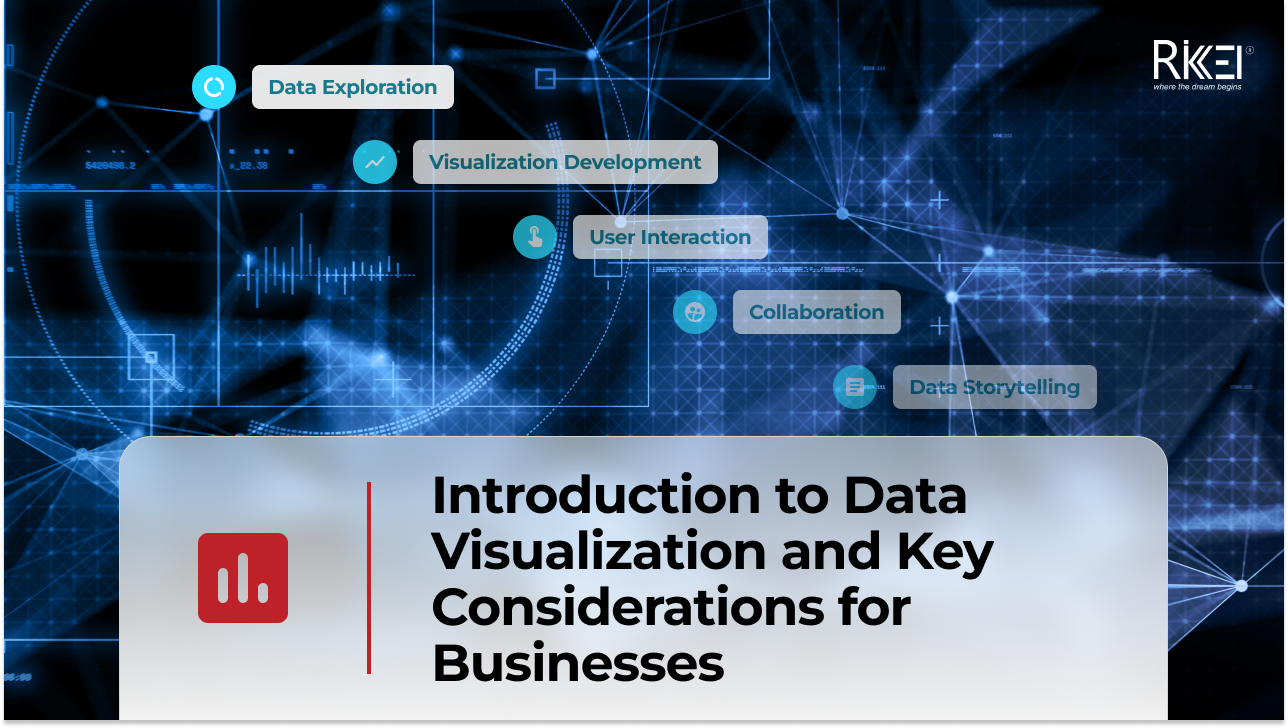
March 28, 2024
Introduction to Data Visualization and Key Considerations for Businesses
In your opinion, what is data visualization? Your main goal is to communicate your recommendations engagingly and effectively, right? To achieve this, let’s immediately explore a method that can represent information with images. What is Data Visualization? Define data visualization and their roles in organizations First, you need to find the answer to the question: […]
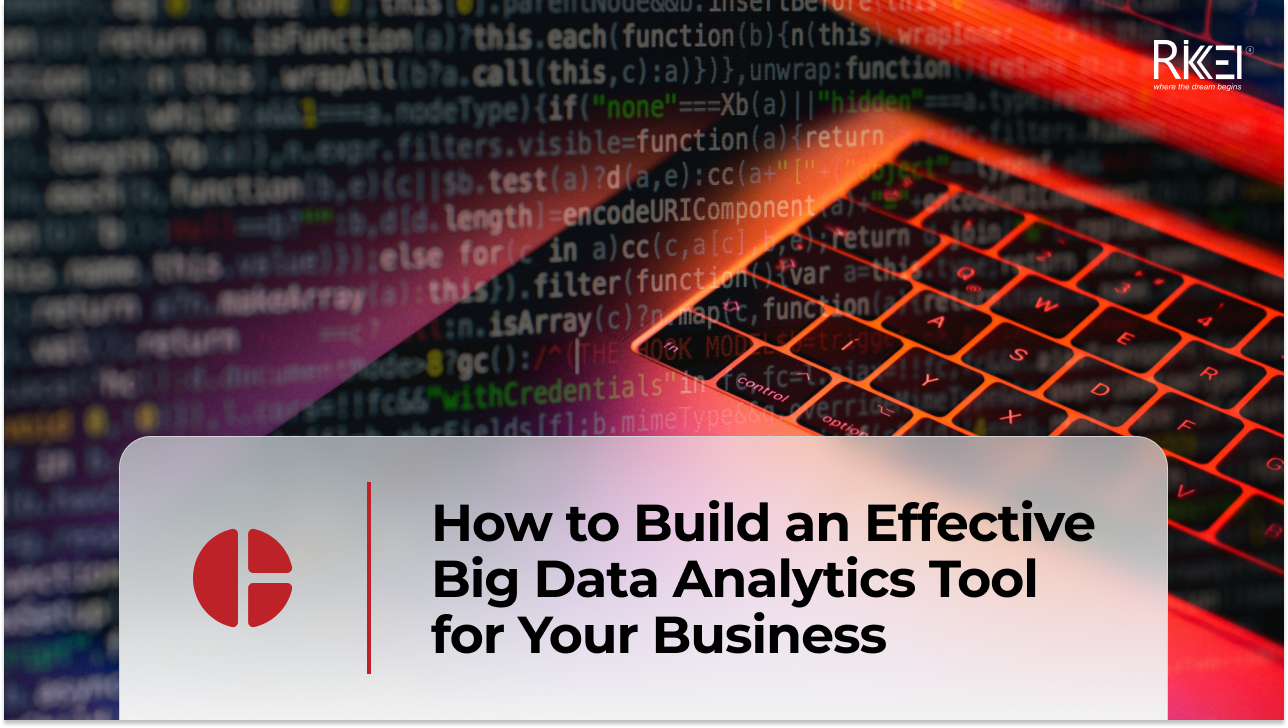
March 21, 2024
How to Build an Effective Big Data Analytics Tool for Your Business
Building an analytics tool for a business brings several significant benefits, especially in today’s business environment where data is becoming larger and more complex. So how to build an effective analysis tool for businesses, follow the article below! Assessing Business Needs Assessing business needs involves understanding the requirements, goals, and challenges of a business or […]
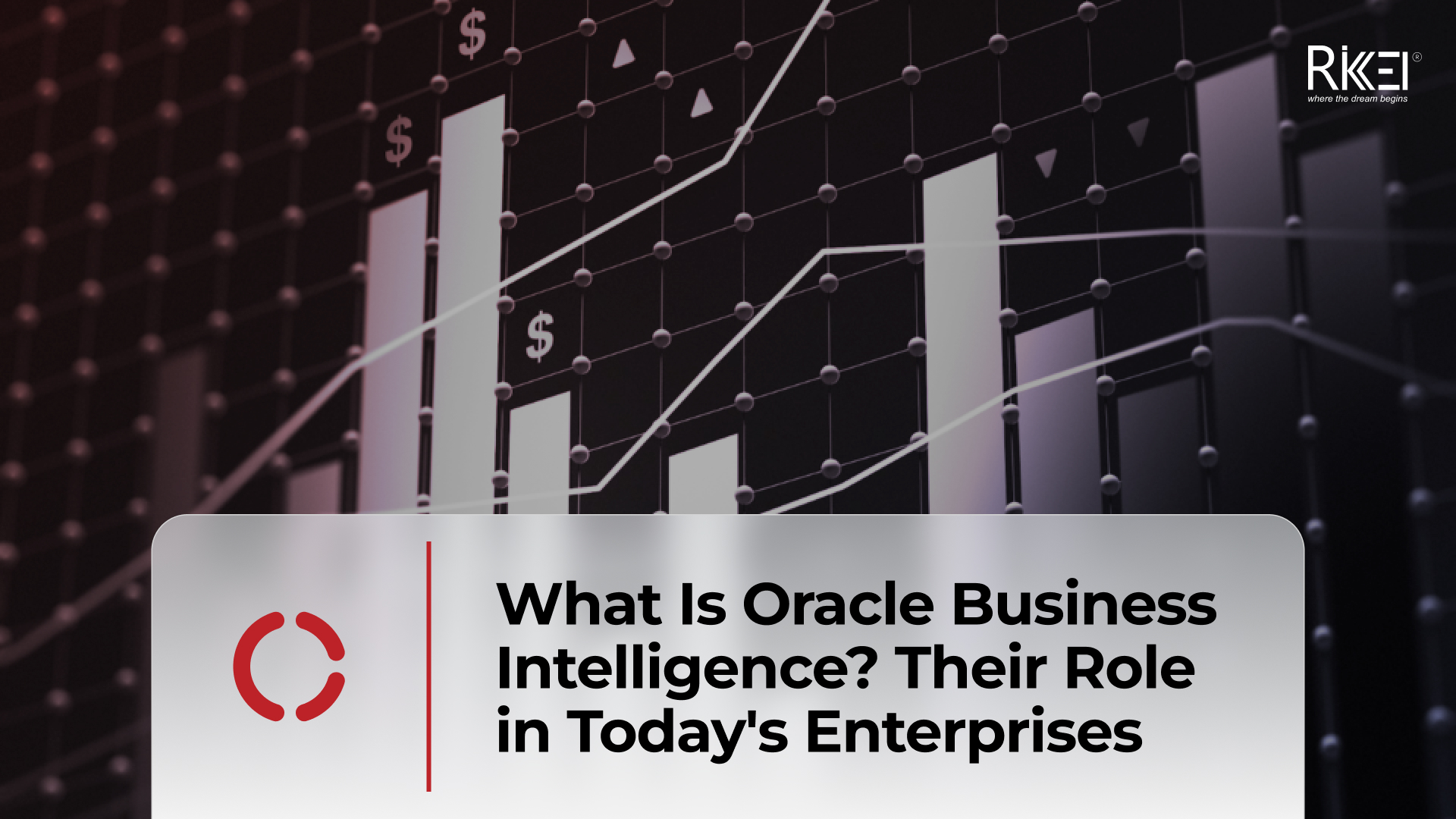
March 14, 2024
What Is Oracle Business Intelligence? Their Role in Today’s Enterprises
Oracle Business Intelligence (BI) refers to a suite of tools, technologies, and applications designed to help organizations collect, analyze and present business data. The primary goal of Oracle BI is to provide actionable insights to support decision-making within an organization. Oracle BI encompasses a range of products that enable users to gather, process and visualize […]

